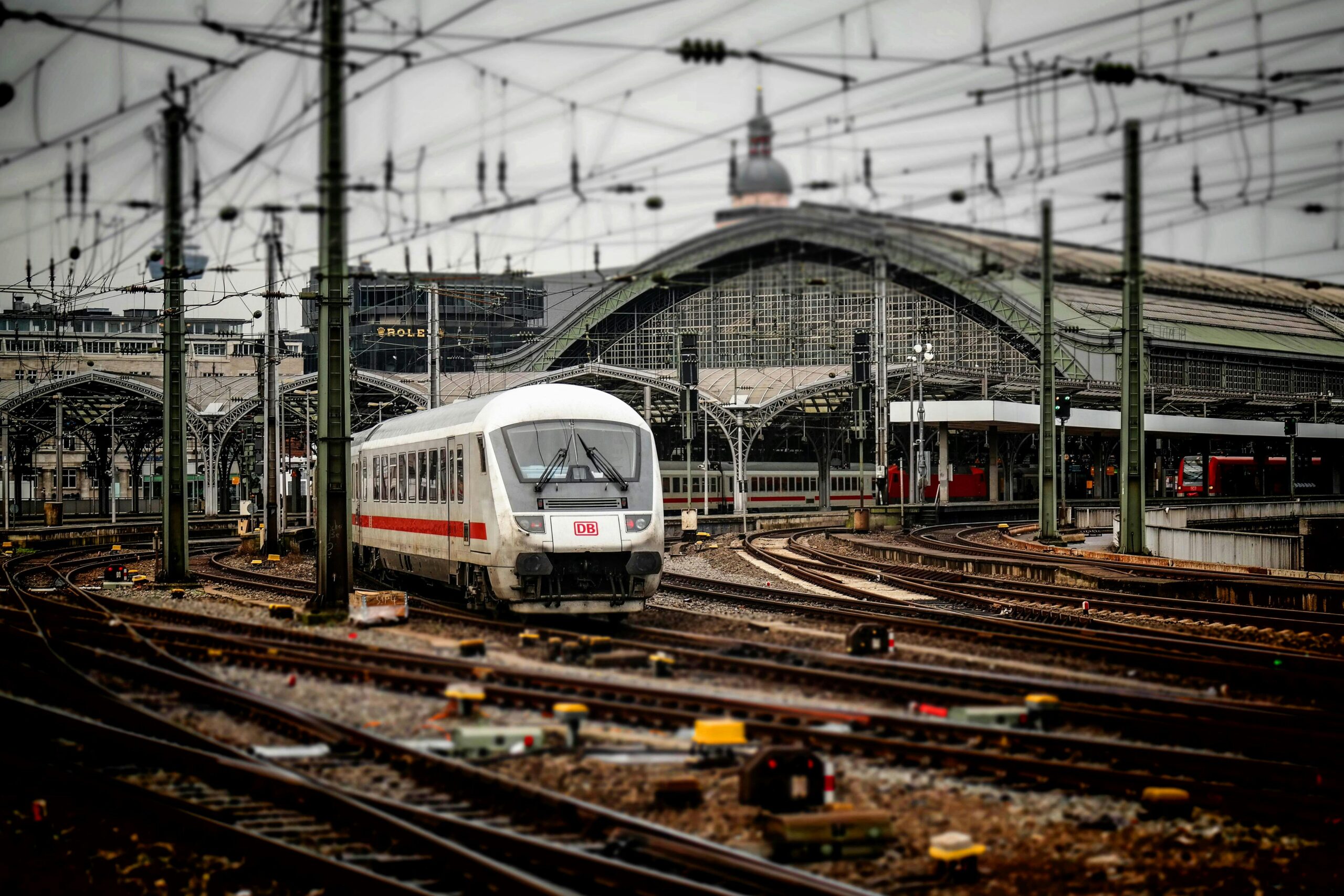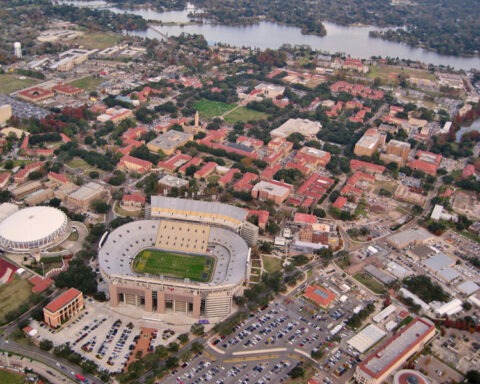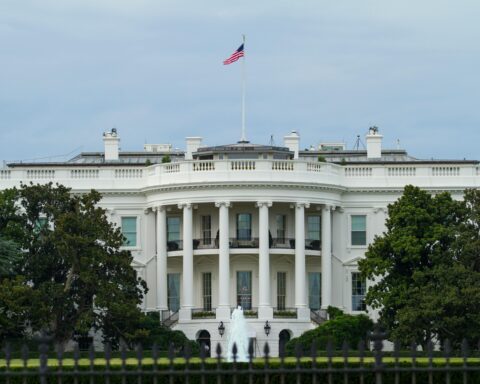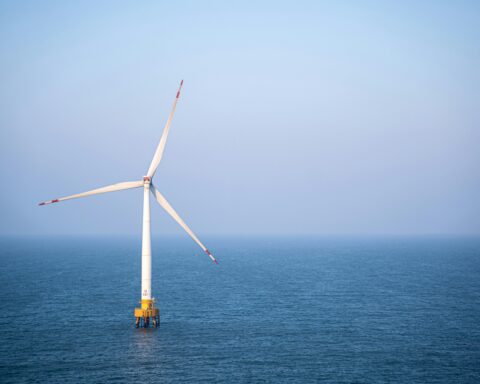Seattle Mayor Bruce Harrell is cutting red tape to speed up a significant light rail expansion project.
Following through on his Feb. 20 executive order, the mayor signed new legislation on July 2 seeking to streamline permitting processes. Specifically, the regulatory push targets the Sound Transit 3 (ST3) project that will link West Seattle and Ballard neighborhoods with new rail lines.
The new legislation will amend the city’s land use code to enhance permitting processes, including simplifying and streamlining development standards for the ST3 project. By reducing the time a project is in the permitting process, the city anticipates the legislation will cut permitting delays by nearly 50%.
The mayor’s executive order also creates several new initiatives to speed up development and construction of the project. The new efforts center around organization, permitting, resources and rider experience.
The organizational push will expand Seattle’s Office of the Waterfront and Civic Projects to include coordination with the Sound Transit project. Director Angela Brady will oversee this broader role, bringing experience from successfully managing Seattle’s waterfront redevelopment and other large-scale infrastructure projects.
Rather than having different city departments work separately on various pieces of the transit expansion, this change puts everything under one roof. The approach is intended to avoid the coordination problems that often slow down complex construction projects when multiple agencies are involved, according to the order.
These regulatory changes target approval processes that typically slow major infrastructure projects. The permitting reforms are designed to reduce review times for construction permits and project approvals needed for the transit expansion.
To expand resources, Seattle will allocate $5.2 million next year and $6.8 million in 2026 to hire up to 50 new city employees across multiple departments. These workers will handle project design review, permit processing, construction oversight and planning for areas around new stations.To improve overall rider experience, the expanded Office of the Waterfront, Civic Projects & Sound Transit will create a four-year work plan focused on transit experience and safety. The plan includes station design standards, access improvements, safety enhancements and transit-oriented development, according to the executive order.
The office will coordinate with the Seattle Department of Transportation on improvements to make station access safer and easier, manage street use during construction and support development around new transit stops. The work plan emphasizes creating accessible stations that integrate with existing neighborhoods while supporting equitable development.
The Sound Transit 3 expansion includes the West Seattle Link Extension—projected to finish by 2032 with 4.1 miles of track and four new stations—along with the Ballard Link Extension—expected to be completed by 2039 with 7.7 miles and nine new stations. An infill station at South Graham Street on the existing 1-Line is projected to open by 2031.
The combined projects represent what officials describe as the largest transit expansion currently underway in the U.S., with construction requiring a second downtown transit tunnel, a bridge over the Duwamish River and a crossing over Salmon Bay.
Photo by Pixabay













